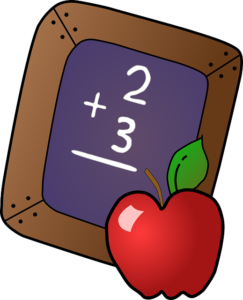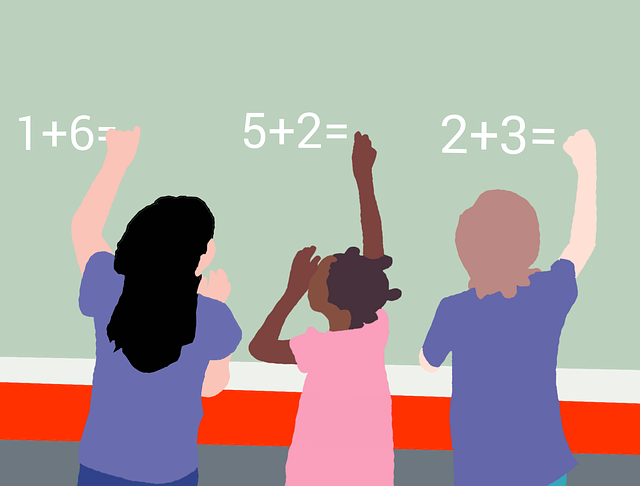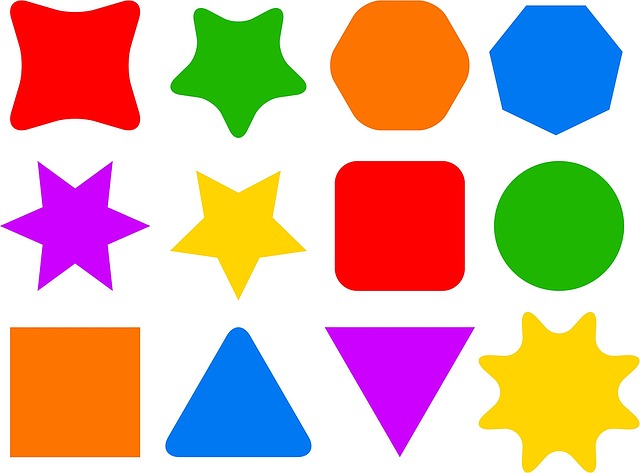Do you like math? Lots of kids don’t, and the most common reason for that is that math can be hard to understand. Given the right tools and direction, though, anyone can do well in math. Math isn’t hard; math is just different.
The arithmetic, geometry, and fractions that you learn from kindergarten to sixth grade form the foundation for all other mathematical study. Understanding these topics is essential to understanding the ones covered in middle and high school and being able to go on to earn a college (degree).

Arithmetic deals with numbers and their properties. You can work with numbers in one of four main ways: addition, subtraction, multiplication, and division. Addition puts numbers together to make bigger numbers; subtraction is removing an amount from another amount. If you have two apples and find one more, you now how have 2 apples + 1 apple, or 3 apples. If you then give the apple you found to a friend, you have 3 apples — 1 apple, or 2 apples.
Multiplication and division are a little more complex. You might think of multiplication as an advanced version of addition. Multiplication is about adding a number a certain amount of times. If you have 3 groups that each have 4 books, you have 4 books + 4 books + 4 books, or 12 books. In multiplication, you would say that you have 3 x 4 books. In this example, you add 4 three times.

Division teaches you how to split an amount into smaller amounts. Consider the division problem 10 ÷ 5. This question is asking how many groups of 5 you can split 10 into. Imagine that you have 10 cookies, and you need to divide them so that you and four of your friends all get an equal amount. How many cookies do you give each person so that you each have the same amount of cookies? You want to know how to divide 10 cookies among 5 people.
Another important concept in elementary math, fractions, relates to division. A fraction is part of a number. Imagine that you’re splitting up 1 pizza to share with friends. The bottom number in a fraction, called the denominator, is how many pieces you’re splitting the pizza into. The top number in a fraction, called the numerator, is the number of pieces you have out of the whole amount of pieces. For instance, if you have 1 pizza, and you cut it into 6 slices, each piece is 1/6 of a pizza.

In geometry, you learn about the different kinds of shapes and how to measure them. When you study two-dimensional shapes, you can learn about how to add up their perimeter, the distance around the outside of the shape, or their area, the size of the space on the inside of the shape. Geometry also includes measurements of angles inside of shapes.
If you’re having trouble with arithmetic, geometry, or fractions, don’t worry! These can be hard things to figure out for a lot of students, but there are lots of worksheets, videos, and games online that can help you work on your math skills and make learning math more fun.
Addition and Subtraction
- Single-Digit Addition
- Adding and Subtracting Numbers Using the Number Line
- Subtraction Grids Game
- Addition Mania Game
- How Is Addition Like Subtraction?
- Make Your Own Math Fact Worksheets
- Minus Mania Game
Multiplication and Division
- Math Mountain Long Division Game
- Pirate Math: Multiplying Numbers Ending in Zeroes
- Quick Flash Cards for Division
- Step-by-Step Guide for Long Division
- Times Table Chart
Geometry
- Angles and Parallel Lines
- Finding the Perimeter of Regular Figures
- Exploring Surface Area, Volume, and Nets
- Monster Mansion Shape Match
- Perimeter, Area, and Volume Formulas
Fractions
- Adding Fractions
- Dividing Fractions
- Fraction Poker
- Math Homework Help for Fractions
- Mixed Number to Improper Fraction Calculator
- Pizza Fractions Game
- Relationship Between Division and Fractions
Resource Sites
- GCF LearnFree Tutorials
- Helping With Math Worksheets
- iPracticeMath Worksheets
- IXL Math Games
- Khan Academy Video Lessons
- MashUp Math Video Lessons
- Sheppard Software Games
Related:
The Complete College Study Guide
The Essential Guide to Online Bachelors Degrees
Online Student Study Skills Guide
From a Distance: Your Comprehensive Guide to Online Bachelor’s Degree Programs
